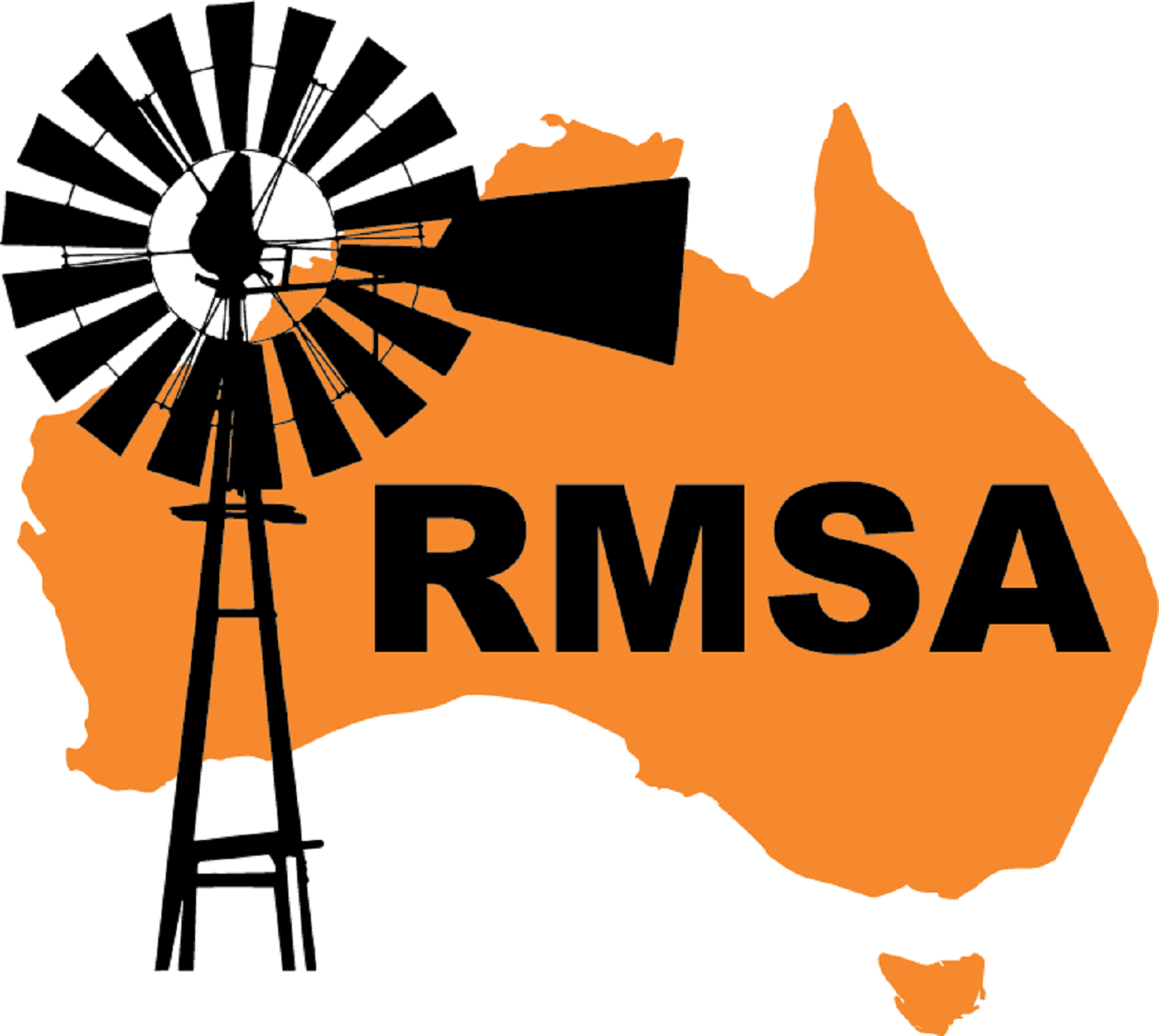The current edition of Insight, the industry publication for eye specialists, emphasises the urban/rural divide in this specialty and reports how the Royal Australia and New Zealand College of Ophthalmologists is responding to this issue.
The geographic maldistribution of ophthalmologists in Australia is a long-standing issue contributing to eyecare inequity for residents with a regional postcode. Insight talks to regionally-based ophthalmologists and investigates what is being done to fix the issue.
The imbalance of urban versus regional/rural eye doctors was laid bare in a 2018 Department of Health ophthalmology workforce report confirming 84% work in big cities (category 1 in the Medical Monash Model [MMM] – a spectrum that extends to MMM7 to determine if a location is city, rural, remote or very remote). That means some 16% of ophthalmologists work in regional areas, which is insufficient for the 29% of the Australian population that lives regionally.
In this 2018 report, based on 2015 data, ophthalmology was considered a priority area by the expert National Medical Training Advisory Network (now known as the Medical Workforce Reform Advisory Committee). The report identifies a maldistribution of ophthalmologists with most working in urban locations, a higher-than-average reliance on international medical graduates, an impending critical shortage of paediatric ophthalmologists and a lack of funded training positions in the public sector.
The RANZCO’ own analysis has also shown that of the ophthalmologists who trained and graduated between 2013 and 2016, 90% reside in urban areas. This aligns with the 2018 report that found 85% of trainees are located in major cities (MMM1), with 9% in MMM2, 3% in MMM3 and 1% each in MMM6 and MMM7.
The report recommended an increased intake of trainees to counter the predicted undersupply of ophthalmologists in 2030 of three per year from 2019 – compounding.
But it had a particular focus on regionally-focused initiatives for RANZCO.
This included several steps including formalised training of additional supervisors, particularly in regional, rural and remote settings, as well as potential mechanisms to address maldistribution such as preferential selection of trainees with a rural background, or who have undertaken rural placements as a medical student, or worked as a junior doctor in a rural area.
It was also recommended trainees undertake at least six months training in a regional, rural or remote area and/or experience working within an Indigenous health service and that final fellowship assessment demonstrates fellows can practise the full scope of ophthalmology across Australia
Read more here.
